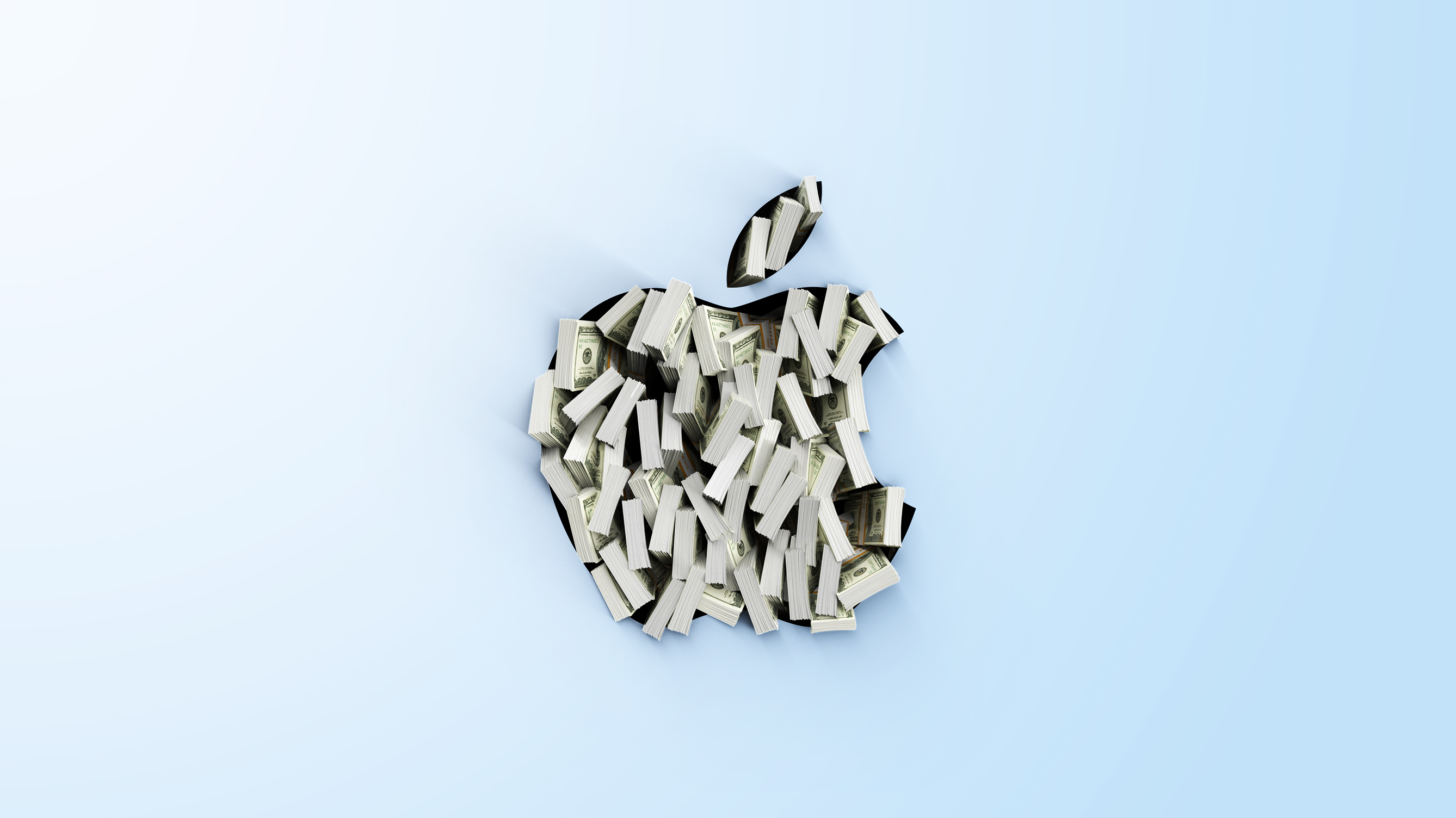Google Wallet vs Google Pay: What’s changed?

Earlier this year, at its I/O developer conference, Google announced that Google Pay was being replaced by Google Wallet in most regions.
Android users in over 40 countries can access Google Wallet, and for most, it has replaced the Google Pay app as the single unified payment app on Android devices.
In the US and Singapore, however, Google Pay and Wallet coexist. The Pay app is still used to send friends money, kind of like Venmo.
To confuse matters further, Google also uses the term Google Pay to describe the act of paying for things with your Google Wallet.
What is Google Wallet, how does it work, and which banks support it?
Here’s the official distinction:
“Google Wallet is a secure & private digital wallet on Android that gives you quick access to payments cards, passes, tickets, keys, or IDs. With Google Wallet, you can use your phone to tap to pay everywhere Google Pay is accepted.
Google Pay is how you easily pay for things online, in-apps, and in stores.”
To get a better understanding of these services, let’s take a look at what each term refers to now, as well as how the service has changed over the years.
Google Wallet
In the simplest terms, Google Wallet is the new name for the Google Pay app. It works just like it always did, allowing you to add credit and debit cards that can be used for contactless payments with NFC.
Over the years, Google has added support for things like covid vaccination records and train tickets that can be added to your digital wallet for easy access. With the introduction of Android 13 and the Google Wallet app, the company is adding support for more things like IDs, digital car keys, boarding passes, concert tickets and loyalty cards. It’s also bolstering the security measures to keep your valuable data safe.
With all these new features, the app is useful for a lot more than just payments, so the rebrand makes a lot of sense. However, it’s not the first time that Google has used the Google Wallet name, which can cause some confusion. We’ll explain more about the history of Google Wallet down below.
Google Pay
Google Pay now refers to two distinct things. For most of us, it’s simply the act of paying for things with our Google Wallet. So, if you see a sign in a store, or a badge on a website, that says “Google Pay accepted” that means you can use your Google Wallet to pay.
If you live in the US or Singapore, Google Pay is also the name of an app. The Google Pay app allows for peer-to-peer payments. Say, for example, you owe a friend $10, you can use the Google Pay app to send it to them, just like Venmo or Cash App. For everything else, you use the Google Wallet app.
A brief history of Google’s payment apps
Google first launched Google Wallet way back in 2011, and it was the first time that Android devices could make contactless payments via NFC.
At the time, contactless payments were a new phenomenon, and NFC was yet to be widely adopted by the Android phone market. Google Wallet wasn’t used by many people and was initially restricted to the Google Nexus phone.
After about four years, Google Wallet was replaced by Android Pay. There were two key differentiators with Android Pay, firstly it was built-in to Android so you didn’t have to download an additional app. Secondly, it was much easier to use, it didn’t require finding the app and entering a pin, users could simply unlock their phone and place it over the reader to pay.
Google Wallet continued to exist as a peer-to-peer money-sending app, much like Google Pay is today (confused enough yet?).
In 2018, Google merged its Google Wallet and Android Pay services, bringing everything under the moniker of Google Pay. In supported regions, both peer-to-peer payments and digital wallet functionality were folded into the same app.
As we mentioned earlier, in recent years, Google has been adding more and more functionality to Google Pay. Eventually allowing it to store gift cards, tickets, membership cards and more.
And that brings us to now, with a rebrand to Google Wallet, which feels like a more accurate name for the service – but the splitting out of peer-to-peer payments, which feels like a step backwards.
As for what’s next, time will tell, but we’re hoping it’s not a rebrand to Android Pay again.




